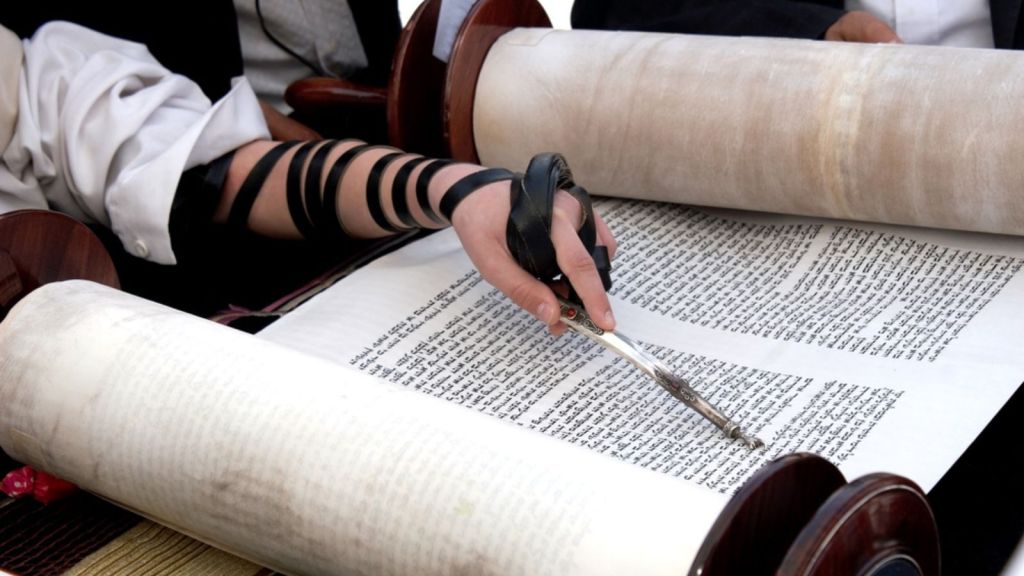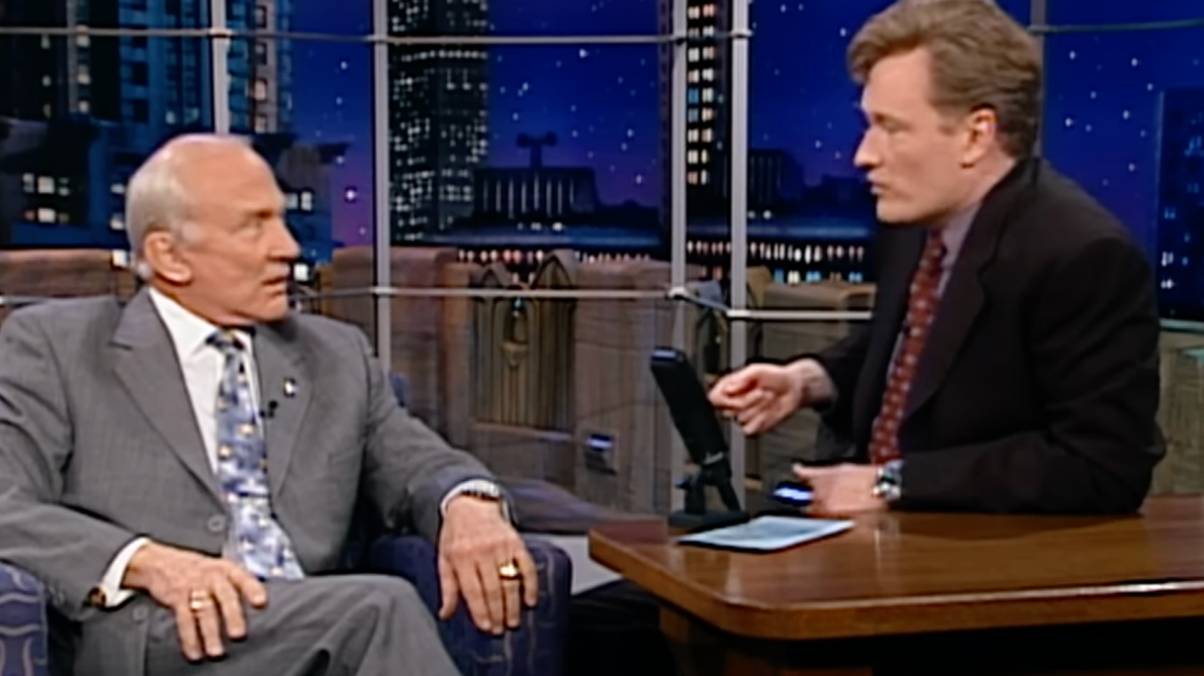“Unlock the Secrets of Hanukkah: 12 Surprising Facts That Will Change How You Celebrate!”
This unique design reflects the holiday’s focus on the miracle of the oil and the act of spreading light.
4. Hanukkah’s Dates Change Every Year


Hanukkah begins on the 25th day of Kislev in the Hebrew calendar, which doesn’t align with the Gregorian calendar. As a result, Hanukkah can fall anywhere from late November to late December.
This shifting schedule sometimes places it near Christmas, leading to comparisons. However, Hanukkah’s origins and traditions are entirely distinct.
5. Fried Foods Take Center Stage


Latkes (potato pancakes) and sufganiyot (jelly-filled doughnuts) aren’t just delicious—they’re symbolic. Fried in oil, these dishes honor the miracle of the oil that lasted eight days.
While latkes are often served with applesauce or sour cream, sufganiyot have become especially popular in Israel, with bakeries offering creative variations like caramel and chocolate-filled versions.
6. Dreidel Games Have Ancient Origins


The dreidel, a four-sided spinning top, has a backstory tied to resilience. When Jewish practices were banned, students used dreidels to disguise their Torah studies as gambling games.
The letters on the dreidel, Nun, Gimel, Hei, and Shin, stand for “Nes Gadol Haya Sham,” meaning “A great miracle happened there.” In Israel, the Shin is replaced with Pei, symbolizing “here,” where the miracle occurred.
7. Gelt Has a Long History


Giving gelt, or money, during Hanukkah dates back to Eastern Europe, where children received coins for studying the Torah. Over time, this evolved into the chocolate coins wrapped in gold foil that are common today.













